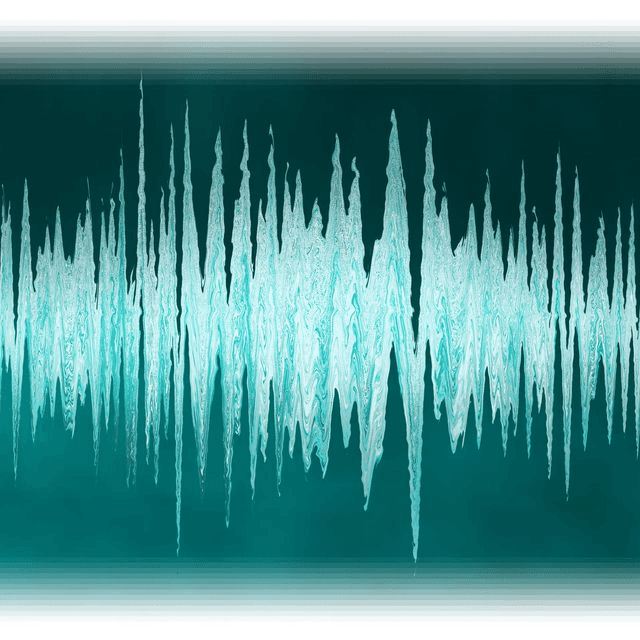
The Antarctic Signal: A Message from Below
The Antarctic Signal: A Message from Below
The mysterious transmission known as the "Antarctic Signal" was first recorded in 1998 by Russian scientists stationed at Vostok, Antarctica. Lasting exactly thirteen minutes and consisting of rhythmic pulses, it appeared on a restricted frequency used solely for scientific instruments. Initially dismissed as interference, the signal was logged and forgotten—until it returned eleven years later, this time originating not from the sky, but from beneath the ice.
The signal’s reappearance triggered a wave of classified activity, international silence, and abrupt scientific withdrawals. What emerged was not just a strange radio anomaly, but a deepening enigma that continues to haunt those who work in the shadows of Earth’s southernmost frontier.
🧊 The Signal That Shouldn't Exist
The first Antarctic signal arrived without warning on June 7, 1998, at 03:47 a.m. local time. Scientists monitoring geophysical instruments at Russia’s Vostok Station picked up a sequence of low-frequency pulses: three tones, a pause, then a string of structured clicks resembling rudimentary binary. The transmission continued for exactly 13 minutes before vanishing without trace.
No known satellites matched the trajectory. No aircraft filed flight plans near the pole. No storm could account for the pattern. The station’s equipment was functioning normally, and yet the source of the signal was never identified.
The event was formally documented and archived in Russian scientific records—but not widely shared. Internal memos, later leaked, described the event as “anomalous” and “potentially artificial.” After brief attention, the signal faded into obscurity.
🧬 Lake Vostok and the Second Transmission
In 2009, Russian scientists resumed their long-term mission to drill into Lake Vostok—a subglacial lake buried beneath 4,000 meters of Antarctic ice. Believed to be sealed for over 15 million years, Lake Vostok was a time capsule of prehistoric microbial life. As the drill neared the final ice layers, the unthinkable happened: the 1998 signal returned.
But this time, it wasn't intercepted via satellite—it was emitted from within the ice shelf itself.
Telemetry showed that the pulses originated from a depth of approximately 3,700 meters—directly above the lake. The pattern matched the original 1998 signal, down to the last interval. The drilling was stopped immediately. Satellite communications were cut. Within 12 hours, three scientists were evacuated from the site.
Only one, Dr. Elena Mirova, was ever heard from again—briefly. Admitted to a Moscow psychiatric ward for "hallucinations, stress trauma, and frostbite," she vanished from the hospital just days later. Her records were sealed by the FSB. The other two scientists were never named.
📡 The Government Response and Blackouts
The international scientific community demanded answers. But no answers came. In fact, new satellite images of Lake Vostok were scrubbed from public archives. American and European researchers found their expedition permits “under review indefinitely.” Even private data from satellites like Landsat and Terra became increasingly redacted.
A 2012 U.S. intelligence cable, leaked by whistleblower sources, included the line:
“Non-random signal matching Vostok-98 pattern received from ice substrate. Continue monitoring. Contingency Alpha in effect.”
Contingency Alpha, according to retired DoD personnel, refers to possible "non-human intelligence contact within planetary boundaries."
📍 Theories Surrounding the Antarctic Signal
🛰️ 1. Prehistoric Beacon
Some believe the signal is a form of automated broadcast from a non-human intelligence—possibly from a time before humans walked the Earth. Its reactivation during drilling may have been a distress call, a warning, or an activation trigger.
🧠 2. Psychological Contamination
Skeptics argue the signal may be geophysical—anomalies in magnetic resonance near subglacial lakes. But this fails to explain the consistent pattern, the identical repeat in 2009, and Dr. Mirova’s sudden psychotic break. Others suspect an auditory phenomenon that induces hallucinations—similar to the "Havana Syndrome."
🕳️ 3. Something Beneath
Conspiracy theorists point to seismic scans released accidentally in 2014 showing massive voids beneath Lake Vostok—structures, some claim, with perfect 90-degree angles. They suggest the presence of a long-buried facility or biological entity in stasis. The U.S. and Russian silence is interpreted as an agreement to suppress further excavation.
🧾 What We Do Know
- Lake Vostok remains one of the least accessible places on Earth.
- The 1998 and 2009 signals are real, documented events with recorded waveforms.
- Multiple scientific teams have been withdrawn or reassigned without explanation.
- Seismic data does indicate structural anomalies beneath the lake.
- No further drilling has taken place since the signal’s reappearance.
❓ Unanswered Questions That Still Haunt Researchers
- What was the purpose of the signal—and who or what sent it?
- Why are international governments so committed to secrecy in Antarctica?
- Could this be evidence of a forgotten intelligence—either ancient or extraterrestrial?
📚 The Modern Fascination
"We dug into the oldest ice on Earth. And it spoke back."
— Anonymous expedition member (2010), leaked via darknet forums
Despite heavy suppression, the Antarctic Signal continues to intrigue amateur radio operators, ex-intelligence officials, and alternative historians. Reddit forums and darknet threads occasionally resurface new “data leaks” and “drill logs.” None have been verified.
Still, interest persists. The Antarctic Signal, like the Wow! Signal or the Voynich Manuscript, stands as a chilling reminder that our planet may still hold secrets—some of which are not meant to be disturbed.